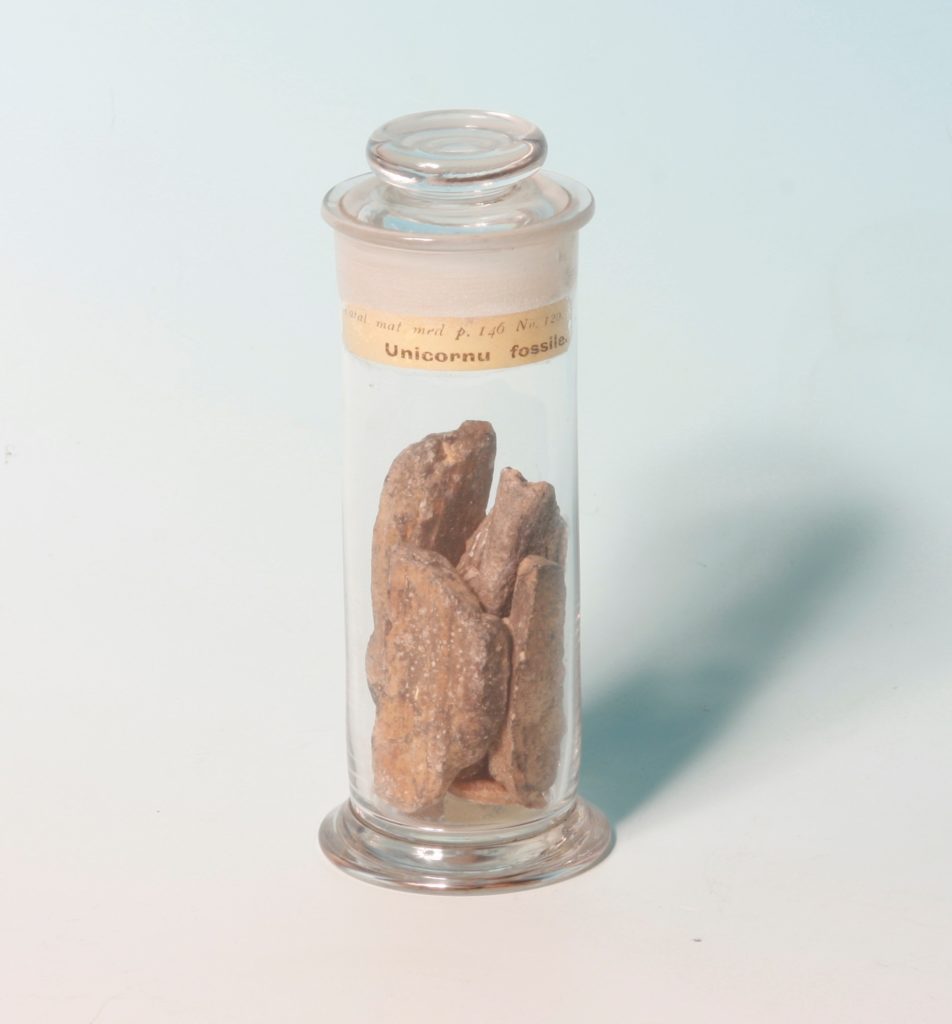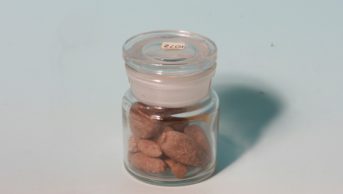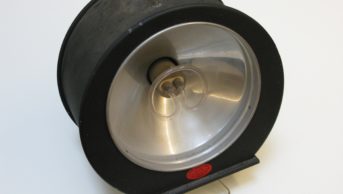
This sample of narwhal tusk, or ‘fossilised unicorn horn’, comes from the Royal Pharmaceutical Society Museum’s Burges collection of Materia Medica, consisting of more than 1,000 specimens used as medicinal ingredients in the 1700s.
Narwhal tusks were believed to be fossilised unicorn horns with incredible healing properties: for example, resisting all poisons and curing the plague. Mentioned in Pomet’s Compleat History of Druggs as able to cure “all sorts of malignant fevers, the biting of serpents, mad dogs, etc.”, ‘unicorn horn’ was often boiled with cochineal and saffron to create a sweet tasting jelly.
Queen Elizabeth I was a known believer in the remedy: she purchased what she believed to be a spiral unicorn horn for £10,000 and was known to drink from a unicorn horn cup.

